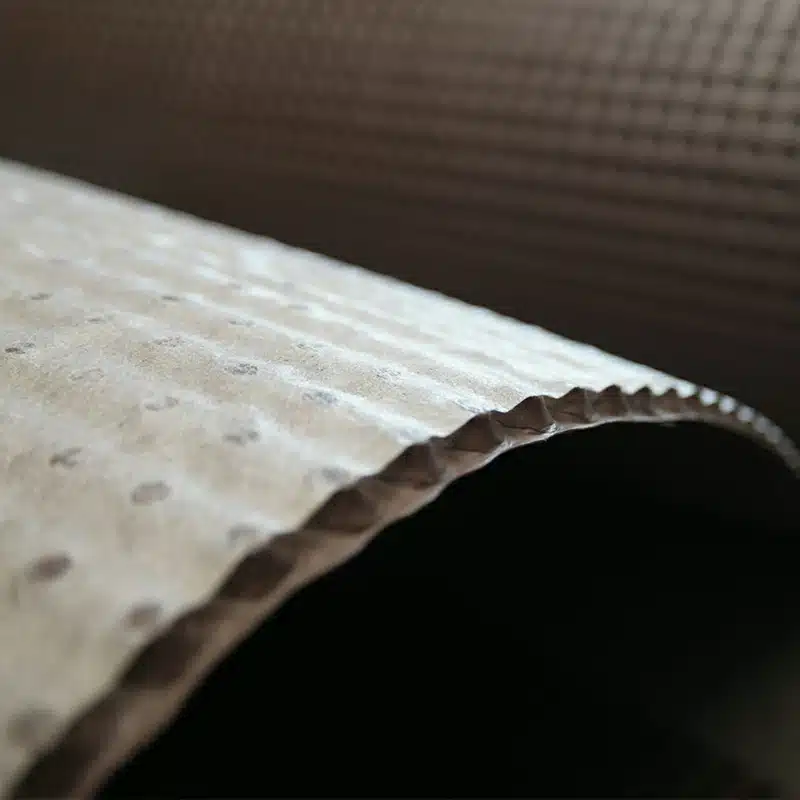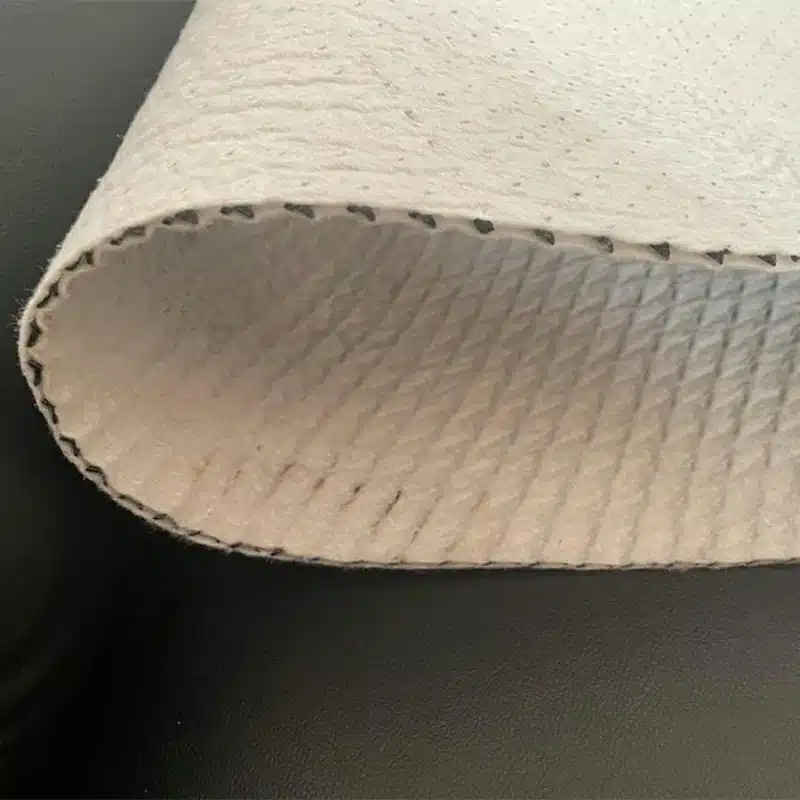+86-159 9860 6917
info@geofantex.com
geofantex@gmail.com
+86-400-8266163-44899
In the realm of construction and civil engineering, materials that enhance the stability, durability, and efficiency of structures are invaluable. One such material that often flies under the radar but plays a crucial role in various applications, including half-inch underlayment, is geocomposite. This article delves into the intricacies of geocomposite, exploring its distinctions from geotextile, its thickness in drainage applications, its role in liners, and its overarching purpose in construction projects.
What is the difference between geotextile and Geocomposite?
Geotextile and geocomposite are both materials commonly employed in construction and civil engineering, albeit with distinct roles. Geotextile, crafted from synthetic fibers, serves as a permeable fabric primarily utilized for filtration, drainage, and separation in diverse construction projects. Conversely, a geocomposite, as the name suggests, amalgamates one or more geosynthetics—namely a geogrid, a geomembrane, a geonet—and often pairs them with another material. This integration broadens its utility, endowing it with multifunctionality encompassing filtration, drainage, reinforcement, and barrier capabilities. Thus, while geotextile operates as a singular layer, a geocomposite strategically combines various materials to achieve heightened performance and versatility in construction applications.

How thick is the geocomposite drainage layer?
The thickness of a geocomposite drainage layer can vary depending on the specific requirements of the project. Typically, geocomposite drainage layers range from a few millimeters to several centimeters in thickness, striking a balance between structural integrity and space constraints. For applications such as half-inch underlayment, where space may be limited, thinner geocomposite drainage layers, typically between 4 and 10 mm, are commonly utilized. These thin layers effectively manage water flow, provide soil stabilization, and enhance the overall performance of the underlayment system without adding significant bulk.
What is a geocomposite liner?
A geocomposite liner is a composite material utilized as a robust barrier system in containment applications, serving to inhibit the migration of liquids, gases, or contaminants. These liners often comprise multiple layers, commonly including geotextile, geomembrane, and occasionally other components like drainage cores or protective films. Moreover, there exist specialized geocomposites that are typically prefabricated with a sodium bentonite clay layer sandwiched between two geotextile layers. Such tailored designs enhance the impermeability of the liner system, ensuring heightened efficacy in environmental engineering projects such as landfills, ponds, reservoirs, and wastewater treatment facilities. They play a critical role in fortifying structural stability and mitigating environmental risks associated with fluid or gas seepage.
What is the purpose of Geocomposite?
The primary purpose of geocomposite is to enhance the performance and durability of construction endeavors by tackling diverse challenges associated with drainage, filtration, reinforcement, and containment. In the realm of half-inch underlayment, geocomposite assumes a pivotal role, facilitating moisture management, curbing soil erosion, stabilizing substrates, and bolstering the structural integrity of the underlayment system. Moreover, geocomposite finds extensive use in road construction, landscape engineering, environmental conservation, and geotechnical projects, where its multifaceted functionalities offer efficient and sustainable solutions. Specifically, it serves as a key element for drainage from a basal layer in the case of embankments and for drainage behind retaining walls and/or bridge abutments, further exemplifying its versatility in addressing varied project requirements.



Get Free Sample
We’ll respond as soon as possible(within 12 hours)





















